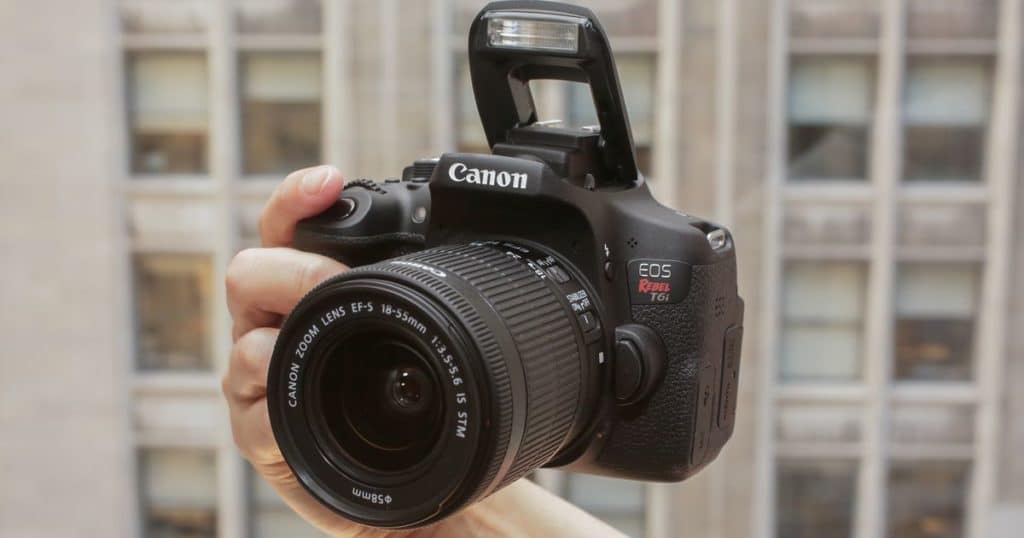How to Upgrade Your DSLR Camera for Professional Photographers
As a professional photographer, knowing how to upgrade your DSLR camera can significantly impact your work quality and efficiency. In this article, we will explore several aspects of upgrading your DSLR, ensuring you're optimizing your gear to the fullest potential.
Professional photographers often find themselves in situations where their current gear doesn't meet their needs anymore. Whether it's the quest for better image quality, enhanced features, or faster performance, upgrading your DSLR is inevitable as you progress in your career.

Assessing Your Current Gear
Before diving into new purchases, it's essential to evaluate what your current gear lacks. Is your camera struggling in low-light conditions? Do you need faster autofocus for action photography? By identifying these gaps, you can prioritize the features your new equipment should possess.
Lens Upgrades
Prime vs. Zoom Lenses
Both prime and zoom lenses have their pros and cons. Prime lenses are known for their superior image quality and larger apertures, allowing for better low-light performance. However, zoom lenses offer flexibility, enabling you to capture a variety of scenes without changing lenses frequently. Evaluate your shooting style and subjects to decide which suits you best.
Lens Quality and Compatibility
Ensure that any new lenses are compatible with your camera body. High-quality lenses from reputable brands can significantly enhance your photography. Look for features such as image stabilization, weather sealing, and advanced optical elements.

Upgrading Your Camera Body
Sometimes, a lens upgrade isn't enough. A new camera body can offer improved sensor performance, faster burst rates, and enhanced autofocus systems. Research the latest models compatible with your lenses and assess their features.
Consider factors such as sensor size, megapixel count, and dynamic range. Full-frame sensors generally provide better image quality, especially in low-light situations, but they come at a higher cost.
Brand Loyalty
Sticking with the same brand can save you money, as you can continue using your existing lenses and accessories. However, if another brand offers significantly better features or performance for your needs, it might be worth considering a switch.

Additional Accessories
Beyond the camera and lens, various accessories can enhance your shooting experience. High-quality tripods, external flashes, and remote triggers can provide stability and control in different shooting conditions.
Consider upgrading your memory cards to faster, higher-capacity models to handle larger files and longer bursts. Investing in robust storage solutions, such as external hard drives or cloud storage, is also crucial for managing your growing photo library.
Software and Editing Tools
As you improve your photography, your post-processing skills should evolve too. Upgrading to advanced photo-editing software can provide you with more tools to enhance your images. Programs like Adobe Lightroom and Photoshop are industry standards, offering extensive editing capabilities.

Keeping Up with Technology
The world of photography is constantly evolving, with new technologies emerging regularly. Stay informed about the latest developments by following photography blogs, forums, and attending workshops or trade shows.
Digital Photography School and Visual Education are excellent resources for learning about new gear and techniques.
Frequently Asked Questions
What is the most important upgrade for a DSLR camera?
While this depends on your specific needs, many photographers find that upgrading their lenses has the most significant impact on image quality and versatility.
Should I switch to a mirrorless camera?
Mirrorless cameras offer several advantages, such as lighter weight and faster autofocus. However, the decision to switch should be based on your shooting style and budget.
How often should I upgrade my camera gear?
There's no set rule for how often you should upgrade your gear. It largely depends on your professional needs and how well your current equipment is meeting those requirements. Regularly assess your gear's performance to make informed decisions.
For more information on camera settings, visit our guide on setting up your DSLR for stop motion and using the Canon EOS Rebel T7.
As an Amazon Associate, I earn from qualifying purchases.

